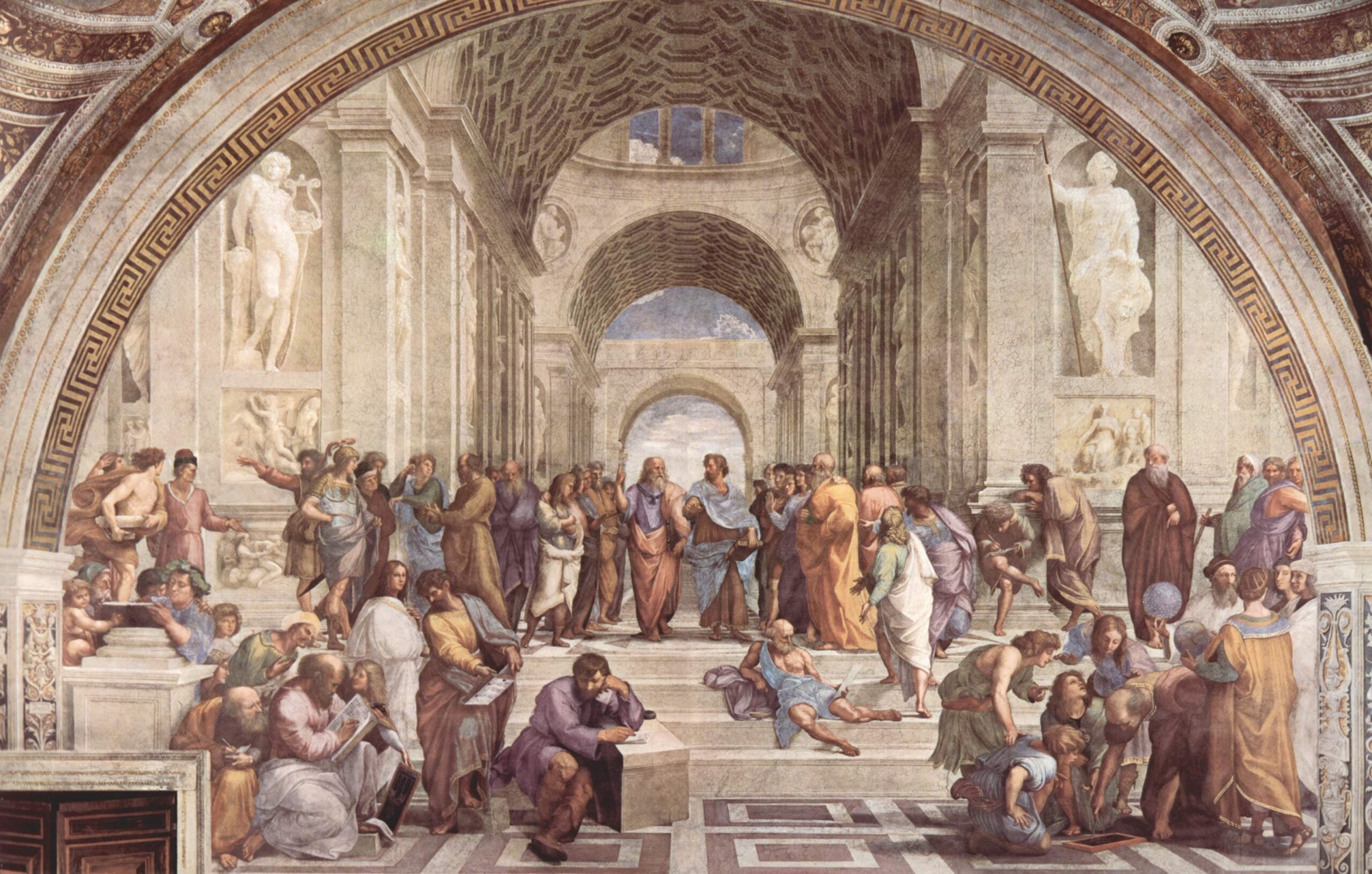Art is a powerful means of expression that transcends language and speaks directly to the human soul. It has the capacity to convey complex emotions, provoke deep thought, and inspire change. When artists infuse their work with meaning, it becomes more than just a visual spectacle; it becomes a medium for communication, connection, and reflection.
In this article, we will explore the ways in which artists can effectively convey meaning through their artwork, whether it’s through painting, sculpture, photography, or any other creative medium.
1. Start with a Clear Concept
Before you even pick up a brush or sculpting tool, it’s essential to have a clear concept or idea in mind. What message do you want to convey? What emotions or thoughts do you hope to evoke in your audience? Your concept serves as the foundation for your artwork’s meaning.Consider taking the time to brainstorm and sketch out your ideas in a notebook or digital document. Explore various themes, symbols, and visual metaphors that can help convey your message effectively.
2. Choose Your Medium Wisely
Different art mediums offer unique opportunities for conveying meaning. The medium you select should align with your concept and artistic goals. Here are a few examples:
- Painting
Painting allows for the use of color, composition, and brushwork to create layers of meaning. The choice of color palette can evoke specific emotions, while brushstroke techniques can add texture and depth to your artwork.
- Sculpture
Sculpture, whether in stone, metal, wood, or other materials, adds a tactile dimension to your message. The three-dimensional nature of sculptures invites viewers to engage physically with the artwork.
- Photography
Photography captures moments in time and can convey narratives, emotions, or social commentary through composition, lighting, and subject matter.
- Mixed Media
Combining various mediums, such as painting, collage, and found objects, can offer a rich and multifaceted approach to conveying meaning.
3. Symbolism and Metaphor
Symbolism and metaphor are powerful tools for artists seeking to convey deeper meanings in their work. Symbols are objects, colors, or images that carry cultural, historical, or personal significance. Metaphors involve using one element to represent another, often creating layers of meaning. For example, a simple image like a butterfly can symbolize transformation and growth, while a cracked mirror might metaphorically represent a fractured sense of self.
4. Composition and Design
The way you arrange elements within your artwork can significantly impact its meaning. Composition, balance, and design choices can guide the viewer’s eye and convey a sense of harmony or tension. Consider the placement of objects, lines, shapes, and negative space in your composition to enhance the intended message.For example, a central, balanced composition may communicate stability and order, while an asymmetrical arrangement might suggest imbalance or conflict. Experiment with different compositions to see how they affect the overall meaning of your artwork.
5. Color Psychology
Colors have the remarkable ability to evoke emotions and associations. Artists can leverage color psychology to enhance the meaning of their work. Here are some examples of color symbolism:
– Red: Passion, energy, love, or danger.
– Blue: Calm, tranquility, sadness, or depth.
– Yellow: Joy, optimism, or caution.
– Green: Growth, renewal, or envy.
– Black: Mystery, death, or elegance.
– White: Purity, innocence, or emptiness.
Use colors purposefully to convey specific emotions or concepts in your artwork. Experiment with different color combinations to see how they interact and influence the overall meaning.
6. Storytelling and Narrative
Art has a unique storytelling capacity. Whether through a single image or a series of works, artists can create narratives that engage viewers on a profound level. To tell a story through your art:
– Establish a clear beginning, middle, and end to your narrative.
– Create characters or symbols that represent specific roles or themes.
– Use composition and visual elements to guide viewers through the story.
– Consider incorporating text or titles that provide context or perspective.
Art that tells a story invites viewers to immerse themselves in the narrative, forming their own interpretations and connections.
7. Emotion and Expression
Many artists use their work as a means of personal expression, conveying their own emotions and experiences. Whether you’re painting a self-portrait or creating an abstract expressionist piece, your emotions can infuse your artwork with authenticity and relatability.Allow yourself to explore your inner world and use your art as a channel for self-expression. Don’t shy away from vulnerability; often, the most powerful and meaningful art comes from a place of raw emotion.
8. Social and Political Commentary
Art has long been a medium for commenting on social and political issues. Artists can use their work to raise awareness, challenge norms, or advocate for change. Consider the work of artists like Frida Kahlo, who used self-portraiture to explore issues of identity and feminism, or Banksy, whose street art addresses political and social injustices.If you’re passionate about a particular issue or cause, your artwork can serve as a platform for meaningful dialogue and action.
9. Context and Interpretation
Art is open to interpretation, and viewers bring their own experiences and perspectives to the table. Embrace the idea that your artwork may be interpreted in ways you hadn’t anticipated. Encourage viewers to engage with your work on a personal level and derive their own meanings from it.When presenting your artwork, consider providing context or artist statements to offer insight into your intentions. However, be open to the richness of diverse interpretations.
10. Reflect and Iterate
Creating meaningful art is an ongoing process. It’s essential to take time to reflect on your work and its impact. Ask for feedback from peers, mentors, or your audience to gain different perspectives.Don’t be afraid to revisit and rework your art if you feel it doesn’t fully convey your intended meaning. Artistic growth often involves experimenting, learning, and refining your techniques to better convey your message.
Conclusion
Conveying meaning through your artwork is a multifaceted and deeply personal endeavor. It involves a combination of concept, medium, symbolism, composition, emotion, and storytelling. As an artist, you have the power to create work that resonates with viewers on an emotional, intellectual, or even spiritual level. By carefully considering these elements and embracing the potential for interpretation, your art can transcend the canvas and become a powerful means of communication and connection with the world.



